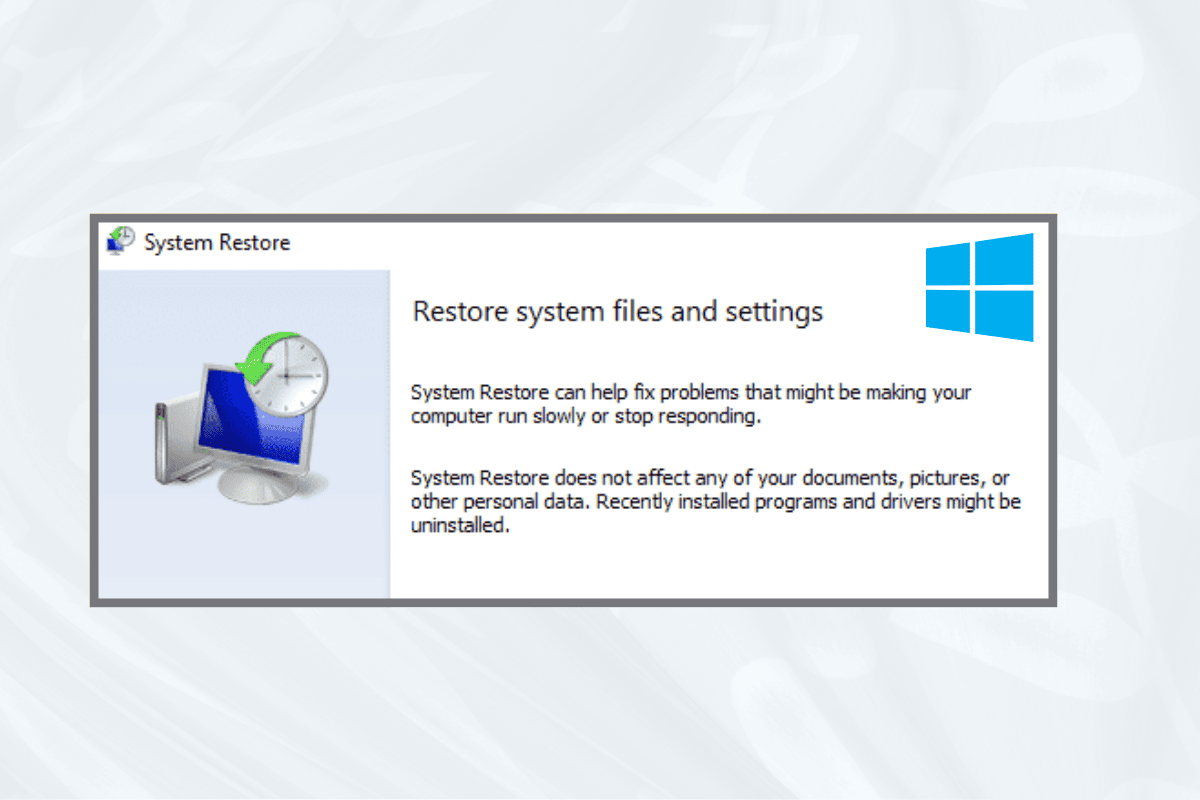
Before we create a system restore point, let’s take a closer look at what it is. System Restore allows you to revert your computer to a previous state—this includes system files, installed applications, the Windows registry, and settings—helping you recover from malfunctions or other issues.
Sometimes, an installed program or driver can lead to unexpected errors or cause Windows to behave unpredictably. While uninstalling the problematic program or driver often resolves the issue, if that doesn’t work, you can restore your system to an earlier date when everything functioned smoothly.
System Restore uses a feature called system protection to regularly create and save restore points on your computer. These restore points contain information about registry settings and other system information that Windows uses. In this Windows 10 guide, you will learn how to create a system restore point as well as the steps to restore your computer to this system restore point in case you’re facing any issues with your Windows 10 computer.
How to Create a System Restore Point in Windows 10
Before you can create a system restore point in Windows 10, you need to enable System Restore as it is not enabled by default.
Enable System Restore in Windows 10
1. In the Windows search type “Create a restore point” then click on the top result to open the System Properties window.
2. Under the System Protection tab, select C: drive (where Windows is installed by default) and click on the Configure button.
3. Checkmark Turn on system protection under restore settings and select the Max usage under disk usage then click OK.
4. Next, click Apply followed by OK to save changes.
Create System Restore Point in Windows 10
1. Type restore point in Windows Search then click on “Create a restore point” from the search result.
2. Under the System Protection tab, click on the Create button.
3. Enter the name of the restore point and click Create.
Note: Make sure you use a descriptive name because if you have too many restore points it will be difficult to remember which one was created for what purpose.
4. A Restore point will be created in a few moments.
5. One done, click the Close button.
If in the future, your system faces any problem or error which you aren’t able to fix then you can restore your system to this Restore point and all the changes will be reverted back to this point.
How to Perform System Restore
Now once you have created a system restore point or a system restore point already exists in your system, you can easily restore your PC to the old configuration using the restore points.
To use System Restore on Windows 10, follow the below steps:
1. In the Start Menu search type Control Panel. Click on the Control Panel from the search result to open it.
2. Under Control panel click on System and Security option.
3. Next, click on the System option.
4. Click on System Protection from the top left-hand side menu of the System window.
5. The system property window will open. Under the Protection Settings tab, click the System Restore button.
6. A System Restore window will pop up, click Next.
7. List of System Restore points will appear. Choose the System Restore point that you want to use for your PC then click Next.
8. A confirmation dialogue box will appear. Finally, click on Finish.
9. Click on Yes when a message Prompts as – Once Started, System Restore cannot be interrupted.
After some time the process will complete. Remember, once the System Restore process you cannot stop it and it will take some time to complete so don’t panic or don’t try to forcefully cancel the process. Once the restore complete, System Restore will return your computer to an earlier state where everything worked as expected.
Hopefully, using one of the above methods you will be able to create a System Restore on Windows 10.






